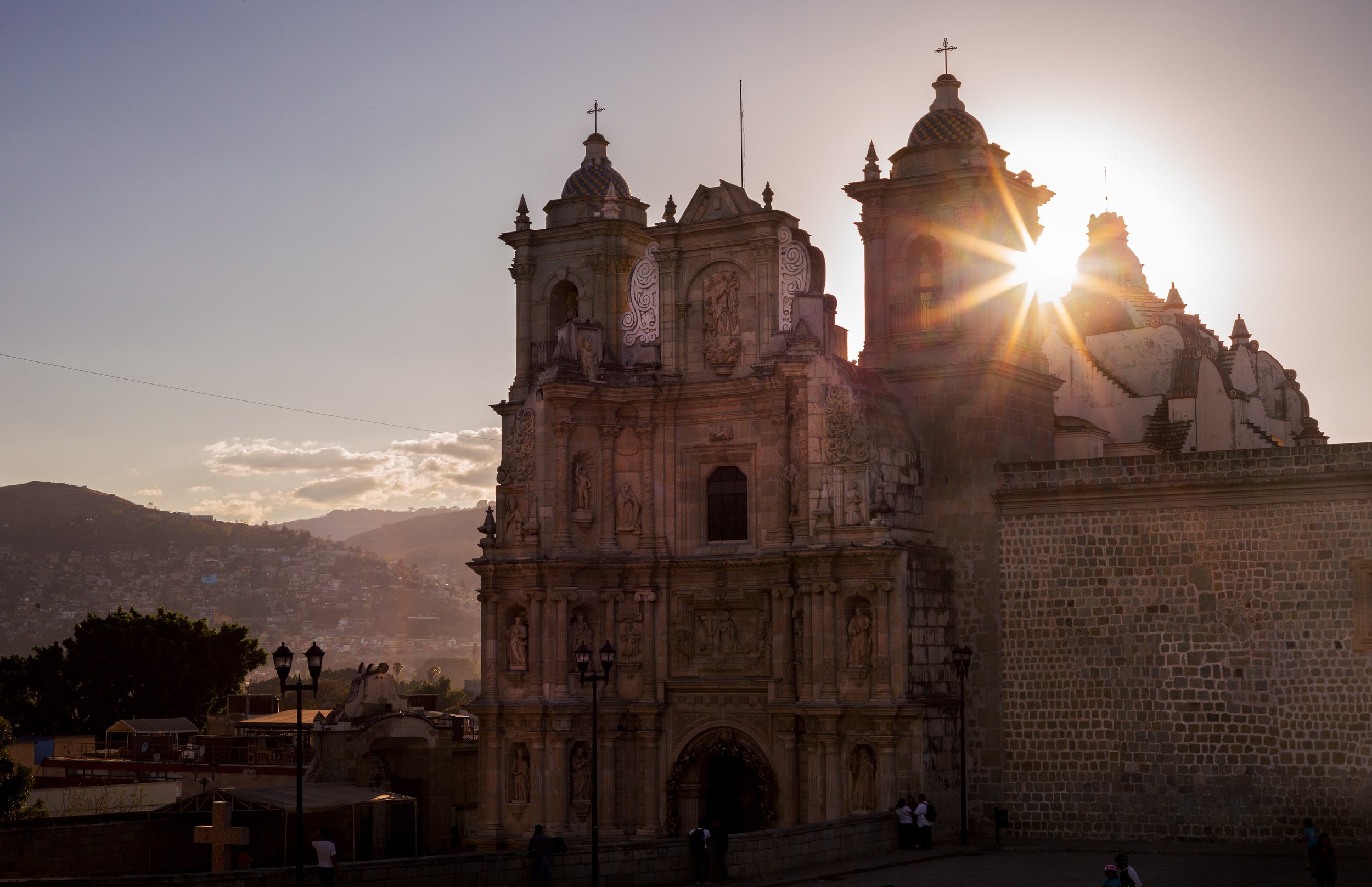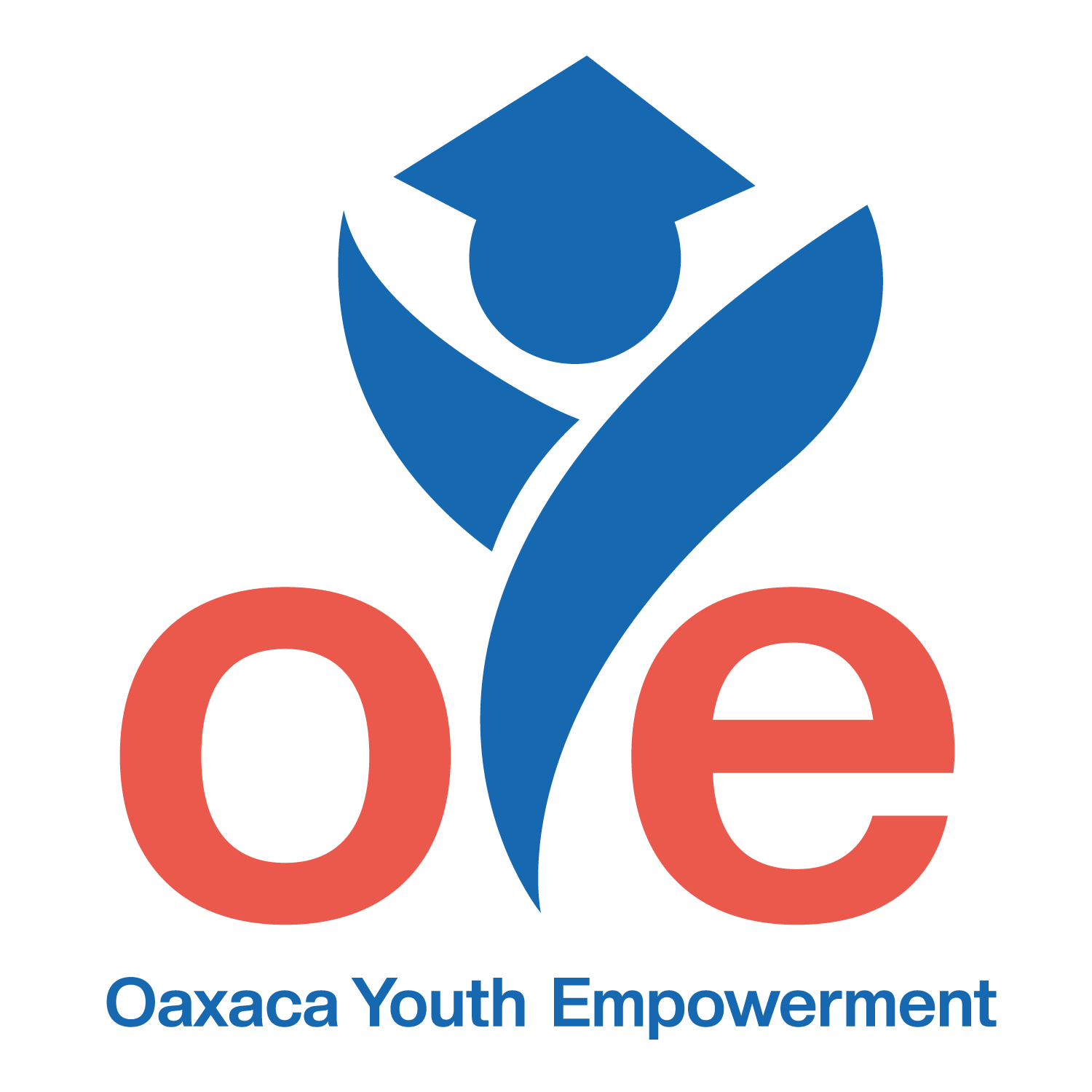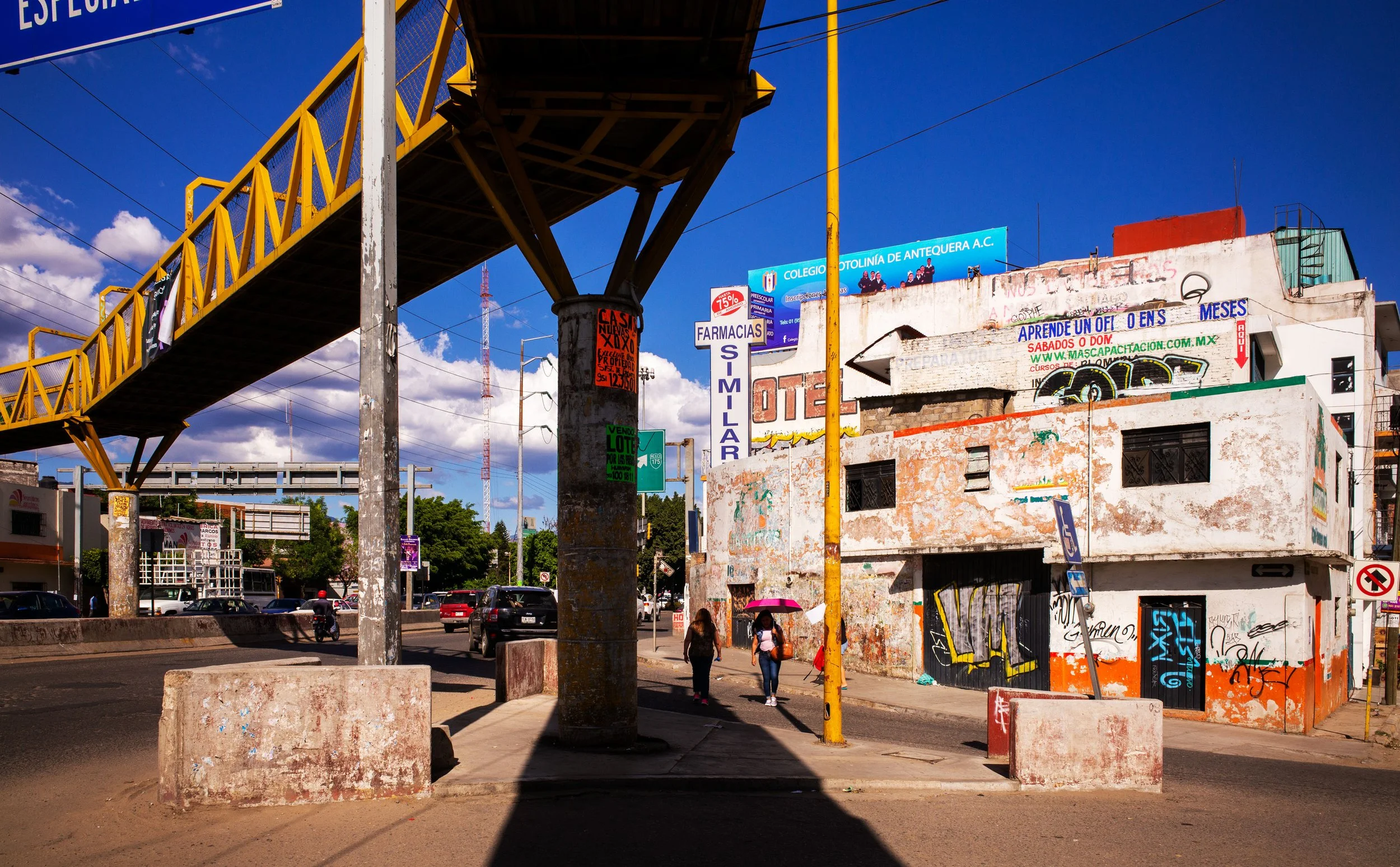
Donor Recognition
Over the years, Oaxaca Streetchildren Grassroots, now Oaxaca Youth Empowerment (OYE), has received many donations in support of programs and services provided by our partner organization Centro Esperanza Infantil (CEI) in Oaxaca. We wish to celebrate the generosity of all our donors, beginning with individuals and organizations who have made major financial contributions as listed under the following five categories named after symbols significant to Oaxaca: hummingbird, agave, guaje, jaguar, and Benito Juarez.
OYE is grateful to individuals and organizations who have been so generous with their time in support of CEI programs and services either on a regular, seasonal basis for 10 years or more OR for an extended time over at least five years. We celebrate these donations under the category maize , another significant symbol to Oaxaca.
$25,000+
Colibrí (hummingbird)
A beloved symbol, the Aztecs or Mexica recognized the hummingbird as a brave and courageous fighter. It is admired because, despite its size, it exhibits great strength and power to fly. Beauty, color and accuracy are among its other highly prized qualities.
There are numerous hummingbird species in Oaxaca, many of which migrate from Canada and the United States each Autumn. They hold historical, cultural and ecological importance as well as a deeply emotional resonance.
$50,000+
Maguey (or agave)
While the maguey cactus, native to Mexico, is most commonly recognized today as the plant used to produce mezcal, the maguey has long been an integral part of the culture and livelihood throughout Mesoamerica, and in particular Oaxaca. Ancient codices from Mesoamerican cultures illustrate the use of maguey for medicinal purposes, in food and in fabric used for clothes.
$100,000+
El Guaje (pronounced wah – heh)
Oaxaca’s name comes from the Nahautl-speaking Aztecs, who named this place Huāxyacac, meaning “place of the guaje trees.” You can still find these trees of Oaxaca’s namesake scattered about the city’s streets and hillsides. The tree produces bean pods, and the protein-rich beans inside can be eaten when unripe and still soft, or dried, roasted and eaten as a snack or to flavor moles and salsas.
$150,000+
Jaguar
One of the great big cats that still roams the mountainous regions of Oaxaca and other parts of Mexico, the jaguar is an elusive, noble creature known for great strength and power. It is often found in Aztec and other Indigenous symbology throughout the region representing a mighty warrior.
$250,000+
Benito Juarez
As a Zapotec, born in San Pablo Guelatao, Benito Juarez was the first Indigenous president of Mexico, from 1858 until his death in 1872. He is remembered as the preeminent Mexican president of the 19th century — a progressive reformer dedicated to democracy, equal rights for his nation's Indigenous peoples, reduction in the power of organized religion and a defense of national sovereignty. Upon his death, the city of Oaxaca proudly added “de Juarez” to its name to honor him.






